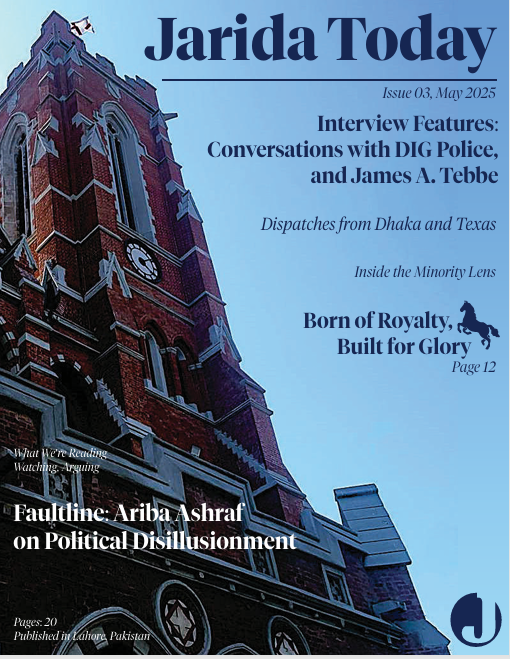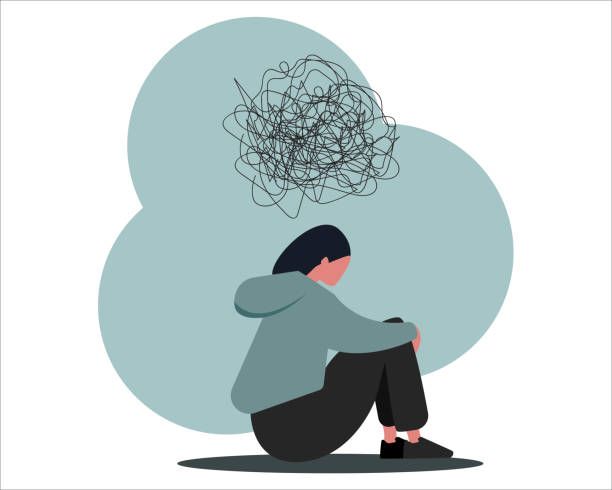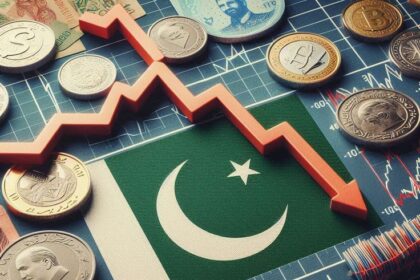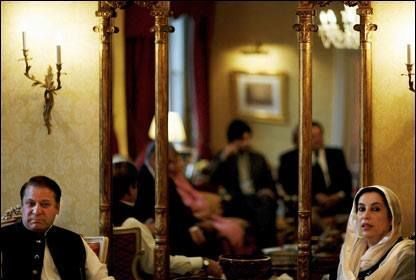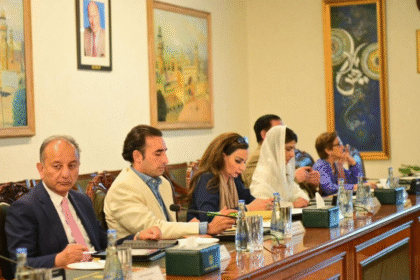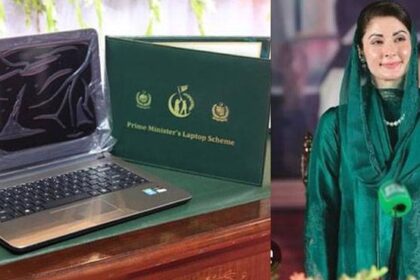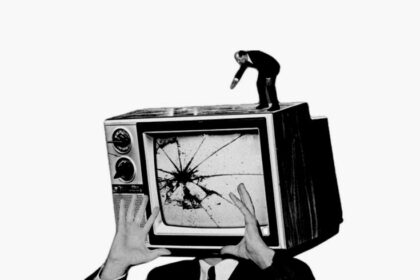Introduction
In Pakistan, where religion, honour, and culture are so firmly embedded in the fabric of everyday life, conversations about mental health also end before they start. For millions, particularly in conservative social circles, mental illness is not a health issue. It is a secret. A shame. A failure. An even stronger fear chokes talk of anxiety, depression, or trauma—the fear of being declared “pagal” (mad) or spiritually weak.
Pakistan is not an exception to this unease with mental illness. But the intensity of the social stigma, particularly in the conservative, rural, and religiously driven societies, constructs a multi-layered silence that is dangerous. People not only shy away from getting help—they deny that help exists. They turn to spiritual healers, solitude, or worse, drugs and suicide, rather than psychologists or psychiatrists. And in doing so, the cycle continues.
A Ubiquitous Crisis Hidden in Plain Sight
Pakistan’s mental health has entered a state of crisis. Based on World Health Organisation estimates, almost 24 million Pakistanis, which is more than 10 percent of the population, have some mental illness. However, the figure may be even greater because of underreporting. The Human Rights Commission of Pakistan stated in 2023 that suicides have risen in areas of Pakistan where psychological services are almost nonexistent and the stigma is most prevalent.
Yet Pakistan allocates less than 0.4 percent of its health budget to mental health services. Pakistan has fewer than 500 trained psychiatrists for more than 240 million people, and the majority are centred in large cities such as Karachi, Lahore, and Islamabad. In small towns and rural areas, there are essentially no trained professionals. In their absence, individuals seek religious leaders, spiritual healers, or local hakims, who constitute the majority and characterise mental illness as a moral or spiritual failure.
‘It Must Be a Jinn’
Mistranslation and Misconception. In highly religious regions, mental illness is commonly mistaken for spiritual possession. The families think that their loved ones are being troubled by jinns (supernatural entities) or are victims of kala jadu (black magic). This prompts them to go to peers (spiritual guides) instead of psychologists.
This misdiagnosis is not anecdotal; it’s systematic. There are many imams in country mosques who teach that mental illness can be treated with religion alone. Some even teach that psychological illness is a test from Allah and psychiatric treatment is evidence of weak faith. So, individuals internalise the shame and suffer in silence.
Masculinity, Shame, and the Weight of Expectations
Even more severe is the stigma for men. Men, in patriarchal environments, are socialised to be stoic, unemotional, and strong. Being vulnerable is seen as a weakness in many cultures. If a man confesses to depression or anxiety, he’s told to “pray more,” “be a man,” or “quit thinking so much.”
Most male patients visit a therapist only when things get out of control—suicidal tendencies, breakdowns, or drug addiction. By that time, it is too late for preventive counselling. There is a culture of silence.
Women and Mental Illness: Double Stigma
For women, it’s even more complicated. Women are not given the freedom of speech in conservative cultures to articulate their feelings. Assertions of sadness, emotional exhaustion, et cetera, are dismissed as mood swings or hormonal imbalances. Their in-laws would tell them that they’re overreacting or that they don’t have faith.
Even mothers are advised to disregard postpartum depression and instead fulfil their “natural role” of child rearing.
Women are either coerced off medication or not permitted to visit a psychologist in the majority of cases. The justification is simple—if word gets out that a woman in the house is getting mental treatment, her marriage prospects may be ruined, or, worse, her husband may divorce her. Once a woman is stigmatised as unstable, her daughters and sisters will also be ostracised.
The Role of Education—and Its Absence
One of the main reasons for this stigma is a lack of mental health education. The majority of government schools do not have a curriculum that teaches students about emotional intelligence, stress management, or mental well-being. Students in religious seminaries (madrasas) are typically trained to believe that psychological issues arise due to spiritual weakness. And within homes, parents do not permit free discussions on grief, trauma, or fear. Children are taught that it is sinful, selfish, or shameful to cry.
Private schools in the city have made some advancements, with school psychologists and well-being workshops now more readily available. These, however, are still accessible to a privileged minority. Public schools, which cater to the masses, remain quiet.
When Faith Becomes a Barrier—and a Bridge
Belief can be both a barrier and an enabler to mental health care. On the downside, numerous individuals postpone treatment since they are advised that the condition they are suffering from is a test from God and that resorting to medical treatment constitutes unbelief. On the positive side, some psychologists have begun using faith language in counselling to make it more acceptable.
Some NGOs started presenting basic mental health literacy to peers and imams, requesting that they refer severe cases to psychologists. Although the project is limited, it is a cause for optimism.
Suicide: The Final Silence
The mental health stigma is most deadly in the form of suicide. Suicide is still a criminal offence in Pakistan’s Penal Code. The families of attempters typically hide the act to avoid police involvement. Suicide is not just a sin in most areas—it is treated as a family shame.
According to Dawn, “Between 15 and 35 people end their lives in Pakistan every day. That’s as high as one person every hour.”
Suicide rates have been jarringly high. Most are not reported, and families request physicians to state other reasons for death.
The Digital Divide: Online Therapy, Offline Community
In urban areas, increasing numbers of Pakistanis are seeking out online counselling sites such as ReliveNow, Humraaz, and TherapEase. These websites provide counselling by phone or video, anonymously, in Urdu and other local languages. For many youngsters, this has proved to be a doorway to treatment.
Yet the urban-rural digital divide is enormous. In villages where internet connectivity is poor and phone privacy is nonexistent, these services remain inaccessible. Even where they are available, individuals are anxious that a family member will find out they are talking to a therapist.
Breaking the Silence: What Needs to Change
It will require systemic, cultural, and educational transformation to combat conservative communities’ stigma of mental health. Mental health education should be incorporated into school curricula at an early age. The religious leaders need to be provided with basic training for identifying symptoms of mental illness and encouraged to refer people to professionals. Media campaigns must be launched in local languages to make therapy more mainstream and help eliminate common myths. Community health centres should incorporate psychological services alongside physical health services. Criminalisation of suicide must be removed to facilitate free reporting and due medical care. Above all, individuals require safe places to speak, free from fear, judgement, or shame.
Conclusion
Towards Compassion. The silence is heavy. In Pakistan’s honour cultures, that silence has grown louder than the pain it conceals. But fissures are opening. A new generation is starting to speak. Grassroots movements are sowing seeds of awareness. Some courageous families are opting for compassion over honour. Mental illness isn’t a weakness. It isn’t a jinn, a punishment, or a curse. It’s an illness—treatable, curable, and human. And not until we say so, loudly and without shame, will millions of people go on to suffer in silence. The silence is killing us. It’s time to talk. It’s time to hear.




